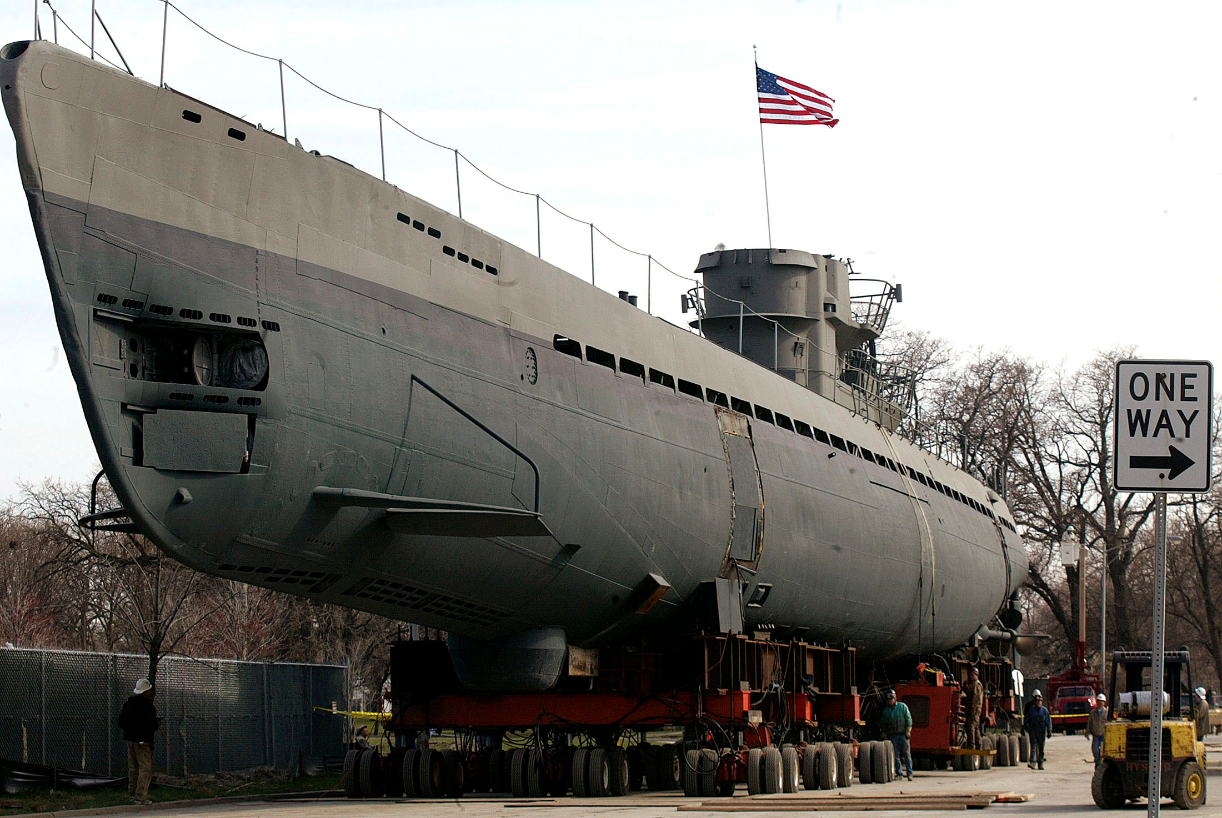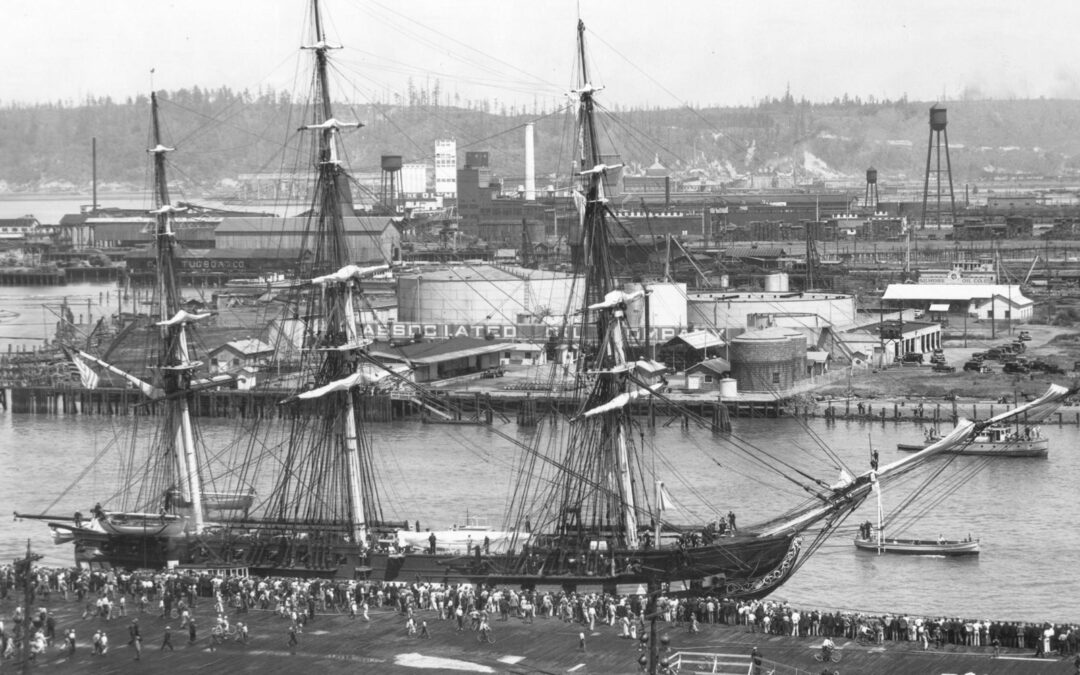"…Though some go curving down the trailTo seek a warmer scene.No Trooper ever gets to HellEre he's emptied his canteen.And so rides back to drink againWith friends at Fiddlers' Green." The 1st Cavalry Division (Airmobile) is respected for its lore and insignia, its mottos "[America's] First Team," "The Ground You Stand Upon," or "Live The Legend" and its traditions. The poem "Fiddler's Green" is noteworthy within the 1st Cavalry Division; it acknowledges cavalry history and sacrifices of its members, according to the 1st Cavalry Division Association. It is said that all who have been assigned or attached to this unit are Cavalry Troopers regardless of their military occupation skill and therefore eligible to rest at Fiddler's Green. The lyric's origin may have been the 5th Royal Irish Lancers as far back as 1689. 1st and 7th CAV (Garryowen) affiliation with it was first published in a 1923 volume of the Cavalry Journal. According to the article, it was part of a campfire story told...










